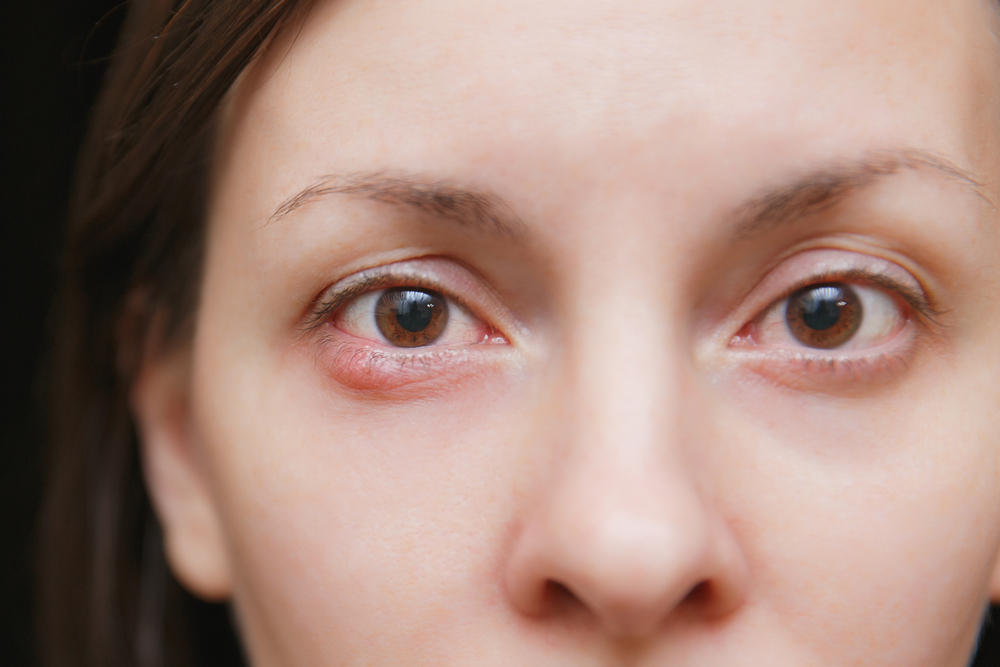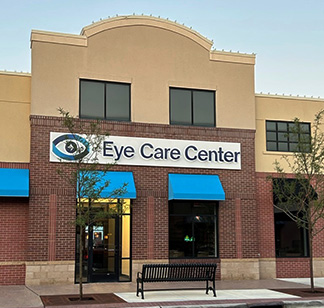
Understanding the function and importance of the meibomian glands is the first step in recognizing and dealing with meibomian gland dysfunction. These glands perform their job every time you blink, releasing a small amount of oil onto your eye. This oil floats on the surface of your tears, creating a protective layer that locks in moisture and keeps your eyes comfortable and healthy.
What is Meibomian Gland Dysfunction?
Meibomian gland dysfunction, or MGD, is a common condition that occurs when the meibomian glands don't produce enough oil, or when the oil they produce is of poor quality. This can result in a range of uncomfortable symptoms, including dryness, redness, and irritation in the eyes.
If the glands produce insufficient oil, your tear film may not be able to maintain its integrity. This can lead to dry spots on your eyes, causing discomfort and potentially affecting your vision. Similarly, if the oil produced is of poor quality, it may not mix well with your tears, leading to similar problems.
Causes of Meibomian Gland Dysfunction
There are several potential causes of meibomian gland dysfunction. One of the most common is age. As you get older, your meibomian glands may naturally produce less oil, leading to dryness and discomfort. Hormonal changes, particularly those associated with menopause, can also affect the function of your meibomian glands.
Another common cause of MGD is wearing contact lenses. These can irritate the meibomian glands and cause them to produce less oil. Similarly, certain medications, such as antihistamines, antidepressants, and hormone replacement therapy, can also affect the function of your meibomian glands.
Lifestyle factors can also contribute to meibomian gland dysfunction. For example, a diet low in omega-3 fatty acids can affect the quality of the oil produced by your meibomian glands. Similarly, spending long periods in front of a computer screen or other digital device can cause your blink rate to decrease, potentially leading to dryness and discomfort.
Recognizing the Symptoms of Meibomian Gland Dysfunction
The symptoms of meibomian gland dysfunction can vary from person to person, but there are some common signs to look out for. One of the most common is a feeling of dryness in the eyes. You may also experience a burning or stinging sensation, or feel like there's something in your eye.
Another common symptom is blurred vision. This can occur because the oil produced by your meibomian glands helps to maintain the clarity of your tear film. If this oil is lacking or of poor quality, it can affect your vision.
Other potential symptoms of MGD include redness, swelling, or inflammation of the eyelids. In some cases, you may also notice a crusty or greasy buildup along the base of your eyelashes.
When to See an Optometrist for Meibomian Gland Dysfunction
If you're experiencing any of the symptoms of meibomian gland dysfunction, it's important to see an optometrist as soon as possible. While the symptoms of MGD can be uncomfortable, the condition is typically straightforward to diagnose and treat.
Your optometrist will be able to examine your eyes and eyelids to determine whether you have MGD. They may also use a special instrument to evaluate the quality and quantity of the oil produced by your meibomian glands.
Once diagnosed, your optometrist can recommend a range of treatment options. These may include warm compresses, eyelid hygiene, dietary changes, and in some cases, medication. The goal of treatment is to improve the function of your meibomian glands and alleviate your symptoms.
Conclusion
Understanding the function and importance of your meibomian glands is key to maintaining your eye health. If you're experiencing symptoms such as dryness, redness, or blurred vision, it's important to see an optometrist as soon as possible. Meibomian gland dysfunction is a common, but often overlooked, condition that can cause a range of uncomfortable symptoms. However, with the right diagnosis and treatment, you can effectively manage your symptoms and maintain your eye health.
For more information on meibomian gland dysfunction, visit Eye Care Center in our Fridley, Maplewood, or Maple Grove, Minnesota offices. Call (763) 308-8440, (651) 777-3555, or (763) 420-6981 to schedule an appointment today.

















